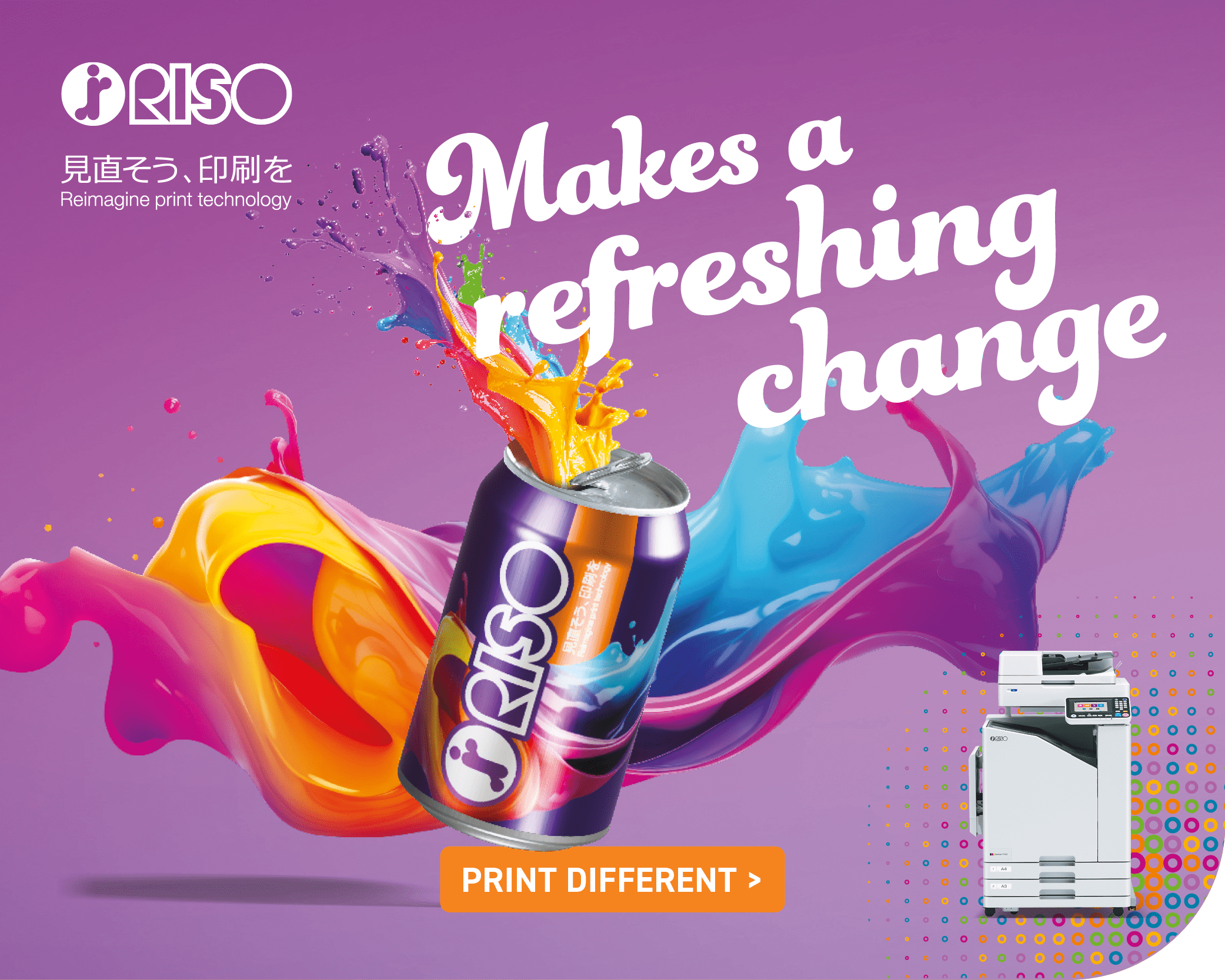
Understanding the seven different project management styles is a great way to determine which would be most beneficial for your organisation – discover what they are below
CREDIT: This is an edited version of an article that originally appeared on Business News Daily
en starting a project for your company, you need a plan in place to keep everything on track. A project manager’s job is to be the point person for this plan, overseeing every step of the project to ensure its success.
There are several project management styles, and the one that’s best for you will depend on both your team and the scope of the project.
Why determining your project management style matters
Determining your project management style allows you to coordinate your team and the project at hand effectively.
This promotes the success of your project and your organisation. Regardless of the project management style you choose a set framework like this can make the process significantly easier for you and your team.
Seven project management styles to consider
You know the importance of project management and determining the right style for your team, but how do you know which one to choose? Here are seven of the most popular types of project management, as well as their pros and cons.
Waterfall project management
Waterfall project management is a straightforward, linear system in which a project is divided into distinct phases, and the next phase cannot begin until the prior one is complete.
The process and each team member’s responsibilities are clearly defined and mapped out from the beginning; they are not expected to change over the lifespan of the project.
Waterfall project management is ideal for longer, linear projects that require step-by-step phase completion, as well as projects with a static goal and scope.
If your project has overlapping timelines or requires frequent modifications along the way – for example, incorporating customer feedback on an ongoing basis – the Waterfall model can be limiting.
Agile project management
In contrast to the linear nature of Waterfall project management, Agile project management is an iterative system.
A project using Agile methodology has several iterations or releases, providing plenty of opportunities to adjust along the way. It breaks the larger goal into smaller, more manageable chunks that can be worked on simultaneously, decreasing the time required to complete a project.
This management style works well for projects that require frequent innovation, collaboration and modifications.
It should be noted that “Agile” is an umbrella term for a set of guiding principles, rather than its own distinct step-by-step method. Agile project management can be subdivided into two schools of thought: Scrum and Kanban.
Scrum project management
Derived from Agile project management, the Scrum methodology focuses on completing work in short cycles called “sprints.”
Teams have “daily stand-ups,” which are brief meetings held to discuss task progress and address any issues. These meetings are led by a “Scrum master,” whose main responsibility is to oversee the day-to-day work and remove any impediments to productivity.
Scrum project management helps teams turn projects around quickly, while maintaining quality as well as flexibility for changes as needed. It emphasises productivity and collaboration and is an especially effective system for small organisations or teams.
Kanban project management
Another system derived from Agile project management, Kanban methodology helps managers to visualise and organise their team’s workflow. It emphasises eliminating wasteful work and inconsistencies to increase productivity and efficiency.
To do this, Kanban divides projects into smaller tasks, allowing team members to focus on one actionable task at a time.
Team members and project managers can easily visualise assigned tasks and progress in real time with a Kanban board. A Kanban board has separate columns for each stage of the process, such as ‘to do,’ ‘in progress’ and ‘complete.’
Lean project management
Lean project management is a philosophy that focuses on increasing efficiency across processes. In the principles of Lean, project managers must first specify what value means for the customer.
Then, they must identify the project’s value stream and eliminate actions or processes that don’t add value. This evaluation process is ongoing, allowing for customer feedback and continuous improvement.
The Lean project management style can be applied to a number of different industries and used in conjunction with other principles, such as Kanban.
Six Sigma project management
Similarly to Lean project management, the Six Sigma method focuses on understanding the needs of the customer, eliminating waste and continuously improving processes to deliver a high-quality project.
Despite the number in its name, Six Sigma has five phases, referred to as DMAIC:
- Define the project
- Measure data
- Analyse the root of any problems
- Improve processes
- Control by implementing solutions
Six Sigma also keeps in mind the four constraints of a project: scope, time, cost and quality. It focuses on clearly defining and planning for each of these constraints without compromising any of the others.
This has the obvious advantage of increasing efficiency and organisation. However, the structured nature of the process makes for a more cautious approach and can potentially inhibit innovation and flexibility.
PRINCE2 project management
PRINCE2 (Projects in Controlled Environments) project management focuses on organisation and structure through the project’s life span.
With PRINCE2, projects must have a business justification, including a detailed cost assessment and baseline requirements, before they are initiated. Team members’ roles and responsibilities are clearly defined, and the project is broken into phases, with plenty of time for quality control and reflection.
The PRINCE2 project management style emphasises an organised and controlled process, while still offering the flexibility to make changes as necessary along the way. The time spent reflecting on each stage allows team members to learn from the project and apply these lessons to future projects.
However, the highly detailed process often requires extensive documentation and can be slower than other project management styles.



Be the first to comment